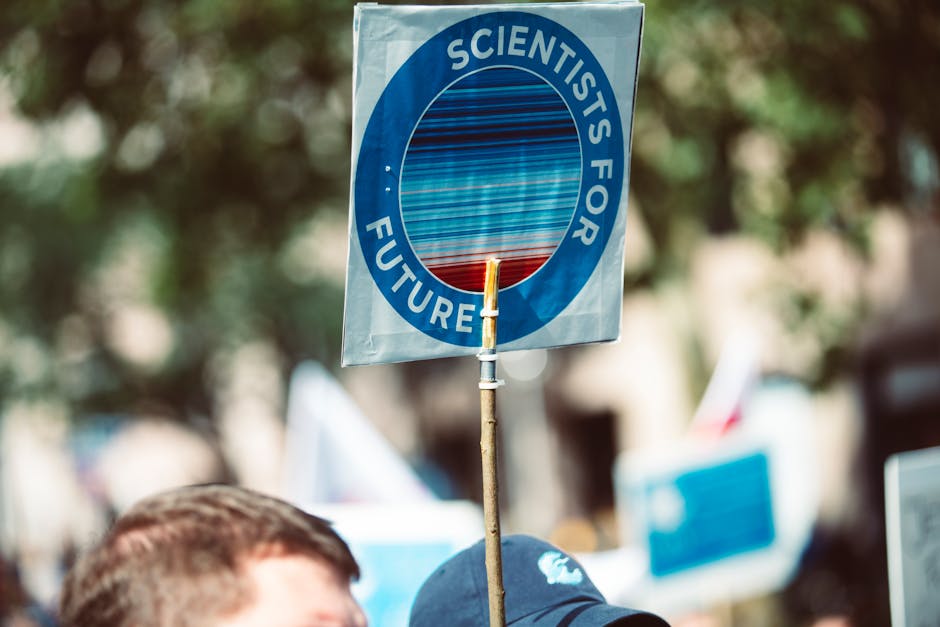It sounds like the plot of a blockbuster sci-fi thriller, a desperate, last-ditch effort by humanity to save itself. But according to a growing consensus among climate scientists, the idea of “dimming the sun” is moving from the realm of fiction to a very real, and potentially terrifying, future possibility. NextMinuteNews has learned that many leading climate experts now believe it is not a question of if, but when a nation or a coalition of actors will attempt to deliberately alter the Earth’s atmosphere to cool the planet—with many predicting the first serious attempts before the year 2100.
What is ‘Dimming the Sun’?
The concept, known officially as Solar Radiation Management (SRM) or geoengineering, is as audacious as it is controversial. The leading method being discussed is Stratospheric Aerosol Injection (SAI). In simple terms, this involves spraying vast quantities of tiny, reflective particles—like sulphur dioxide—into the upper atmosphere.
The goal? To create a thin, planetary-wide haze that reflects a small fraction of sunlight back into space, mimicking the cooling effect of a major volcanic eruption. Scientists point to the 1991 eruption of Mount Pinatubo in the Philippines, which temporarily cooled the Earth by about 0.5°C, as a real-world proof of concept.
The Grim Reality: Why Consider Such a Drastic Step?
Why are we even contemplating such a drastic step? The answer is a grim acknowledgment of our collective failure. Despite decades of warnings and international agreements like the Paris Accord, global carbon emissions continue to rise. We are dangerously close to overshooting the 1.5°C warming target, a threshold beyond which the impacts of climate change—from scorching heatwaves in Delhi to catastrophic floods in Kerala—could become irreversible.
Unpredictable Dangers and Regional Consequences
For a nation like India, this isn’t just an academic debate; it’s an existential one. Our nation’s fate is intrinsically tied to the annual monsoon. It is the lifeline for over half our population, dictating our agricultural output, our water security, and our economic stability.
Scientists warn that tampering with the global thermostat could have catastrophic and unpredictable consequences on regional weather patterns. An SRM project gone wrong could potentially weaken or shift the monsoon, triggering widespread drought and famine on a scale we have never witnessed. Who gets to decide the optimal global temperature? A decision made in Washington or Beijing to deploy aerosols could have devastating consequences for an Indian farmer waiting for the rains.
A Fierce Debate: Emergency Brake or Cosmic Band-Aid?
The debate raging within the scientific community is fierce. Proponents argue that SRM could be a crucial “emergency brake” to buy humanity more time to decarbonise, a way to prevent the worst-case warming scenarios from unfolding. They see it as a painful but necessary tool in our arsenal.
However, the list of potential horrors is far longer. Critics call it a “cosmic band-aid” that treats a symptom (warming) while ignoring the root disease (carbon emissions). It would do nothing to stop ocean acidification, another deadly consequence of CO2. There is also the terrifying prospect of “termination shock”—if we were to start an SRM program and then suddenly stop for any reason (political conflict, technical failure), global temperatures would rebound with terrifying speed, far too fast for ecosystems or human societies to adapt.
A Gamble for Humanity’s Future
The fact that we are now seriously discussing a plan to blot out the sun should serve as the loudest wake-up call yet. It is a testament to our dire situation. The conversation is no longer about solar panels and electric cars alone; it’s about a planetary-scale intervention with risks we can barely comprehend. As we move towards the end of this century, the question may not be how we live with a warmer world, but whether we are willing to risk everything on a gamble to engineer a cooler one.




